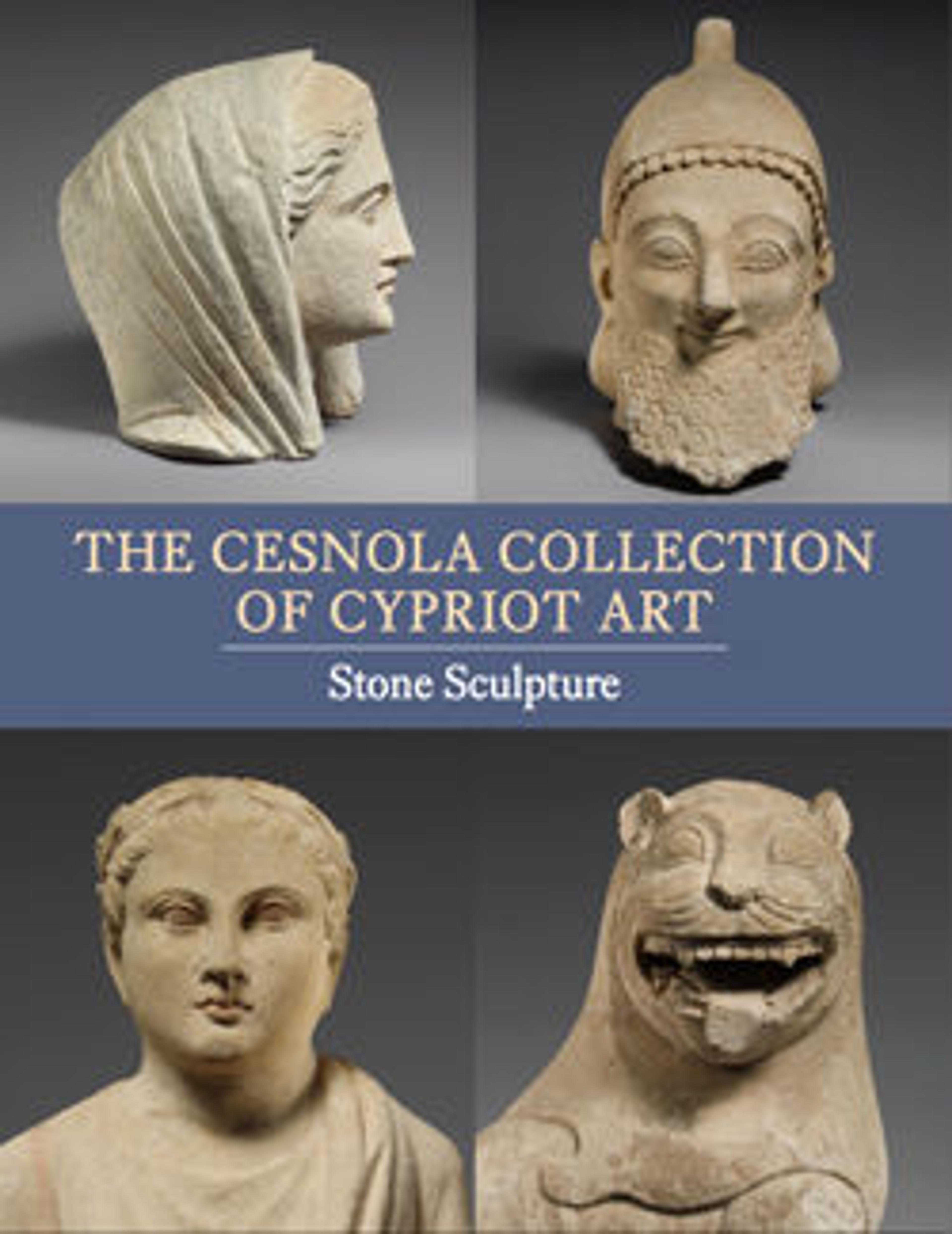Limestone inscribed relief
Zeus, holding a thunderbolt in his right hand, sits on a throne at center. Facing him is Apollo, playing the kithara (lyre), and the smaller figure behind him is identified as Hermes by the caduceus, his winged herald's staff. Above the gods is a chariot pulled by four winged horses. Below, a long Cypro-syllabic inscription expresses homespun philosophical sentiments about fate and the gods.
Artwork Details
- Title: Limestone inscribed relief
- Period: Hellenistic
- Date: ca. 3rd century BCE
- Culture: Cypriot
- Medium: Limestone
- Dimensions: WebPub GR 2012 Cesnola: 12 × 16 3/16 in., 16.5 lb. (30.5 × 41.1 cm, 7.5 kg)
- Classification: Cesnola Inscriptions
- Credit Line: The Cesnola Collection, Purchased by subscription, 1874–76
- Object Number: 74.51.2370
- Curatorial Department: Greek and Roman Art
More Artwork
Research Resources
The Met provides unparalleled resources for research and welcomes an international community of students and scholars. The Met's Open Access API is where creators and researchers can connect to the The Met collection. Open Access data and public domain images are available for unrestricted commercial and noncommercial use without permission or fee.
To request images under copyright and other restrictions, please use this Image Request form.
Feedback
We continue to research and examine historical and cultural context for objects in The Met collection. If you have comments or questions about this object record, please contact us using the form below. The Museum looks forward to receiving your comments.
